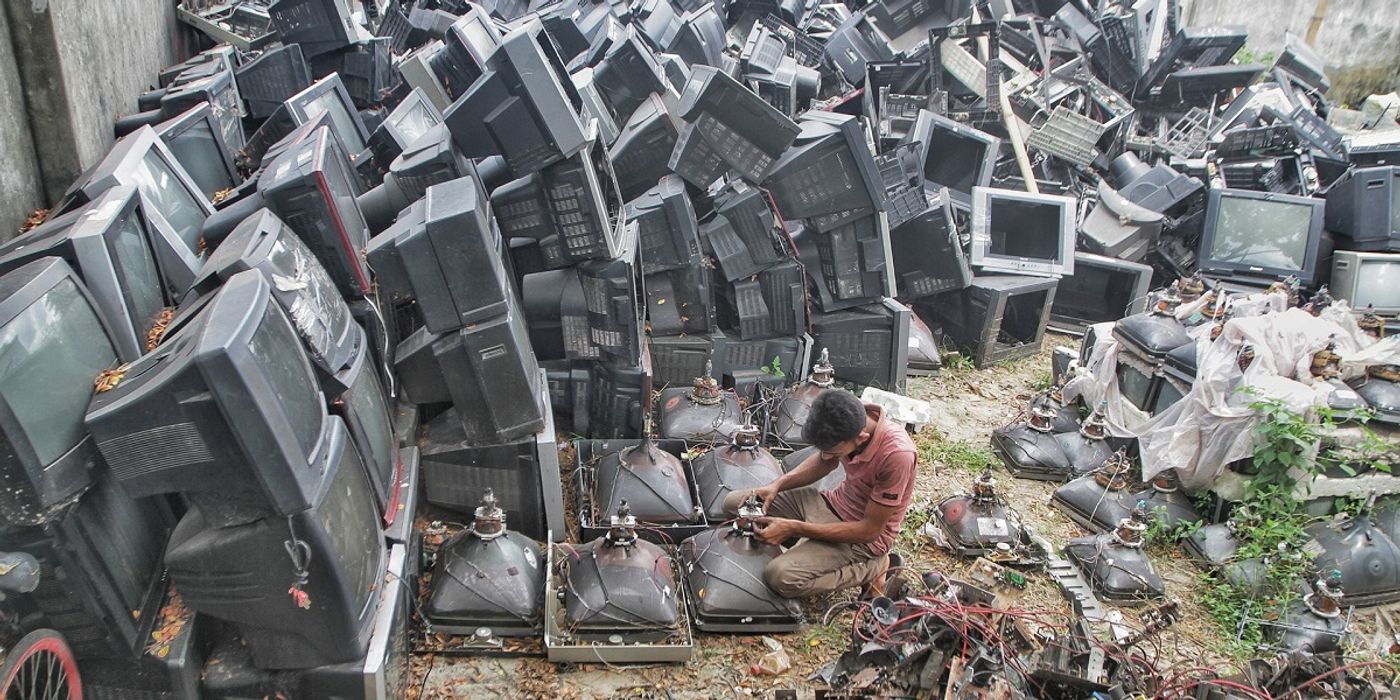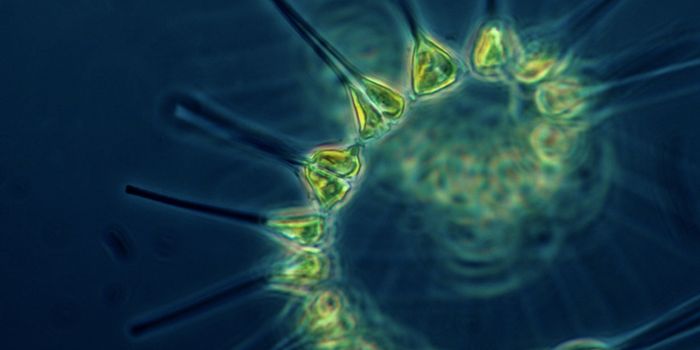Managing Leachates like Heavy Metals in E-waste
Electronic waste, or e-waste, is made up of old or broken electronics we throw away. More than 50 million metric tons of e-waste were produced globally in 2019, and this number is predicted to increase 4-5% annually. Though e-waste only accounts for 2-5% of the solids in our trash, it contributes more than 70% of the hazardous materials. E-waste contains many toxic chemicals like heavy metals, polychlorinated biphenyls (PCBs), Tetrabromobisphenol A (TBBPA), and polybrominated biphenyl (PBB).
Some of the e-waste produced is recycled, about 20-30%, but most ends up in landfills. What is recycled is often processed under dangerous conditions by people in poor countries, with little concern for their safety. Much of the e-waste that is disposed of is not well documented and is likely buried in landfills. The hazardous materials within e-waste leech out of buried, burned, or submerged material, in soil, air, or water, respectively. These chemicals pose a huge hazard to human health, not just in the underdeveloped countries where they are usually processed, but also to the world at large. Air and water travel around the globe and remediating soils is difficult. And humans are not the only animals affected, many other species we rely on, down to the most basic of fungal organisms can be devastated by toxic pollutants.
However, scientists around the globe are working on this problem. One of the ways being investigated is the adsorption of pollutants from water using biomass. Biomass is often inexpensive, as it usually consists of agricultural waste, like rice husk, walnut shells, peanut shells, coconut shells, sorghum husk, wheat bran, or sawdust. Other solutions involve the improvement of these kinds of biomass to create secondary materials, like bio-char. Bio-char is created from biomass under oxygen-limited, heated chemical reactions, similar to charcoal, but with more specificity.
Another idea for removing contaminants like metals from water and soils is phytoremediation, using a plant to filter out and absorb the pollutants from their growth medium. This has shown some great potential, but the remains of the plant still contain pollutants and must be dealt with somehow.
These studies provide evidence for the hope that some of these materials can be cleaned up from the past, but we must take care to not pollute more as we move forward.
Sources: Environmental Technology & Innovation, Environmental Technology & Innovation 2, Plant Genetic Resource Utilization, Adsorption Science & Technology









